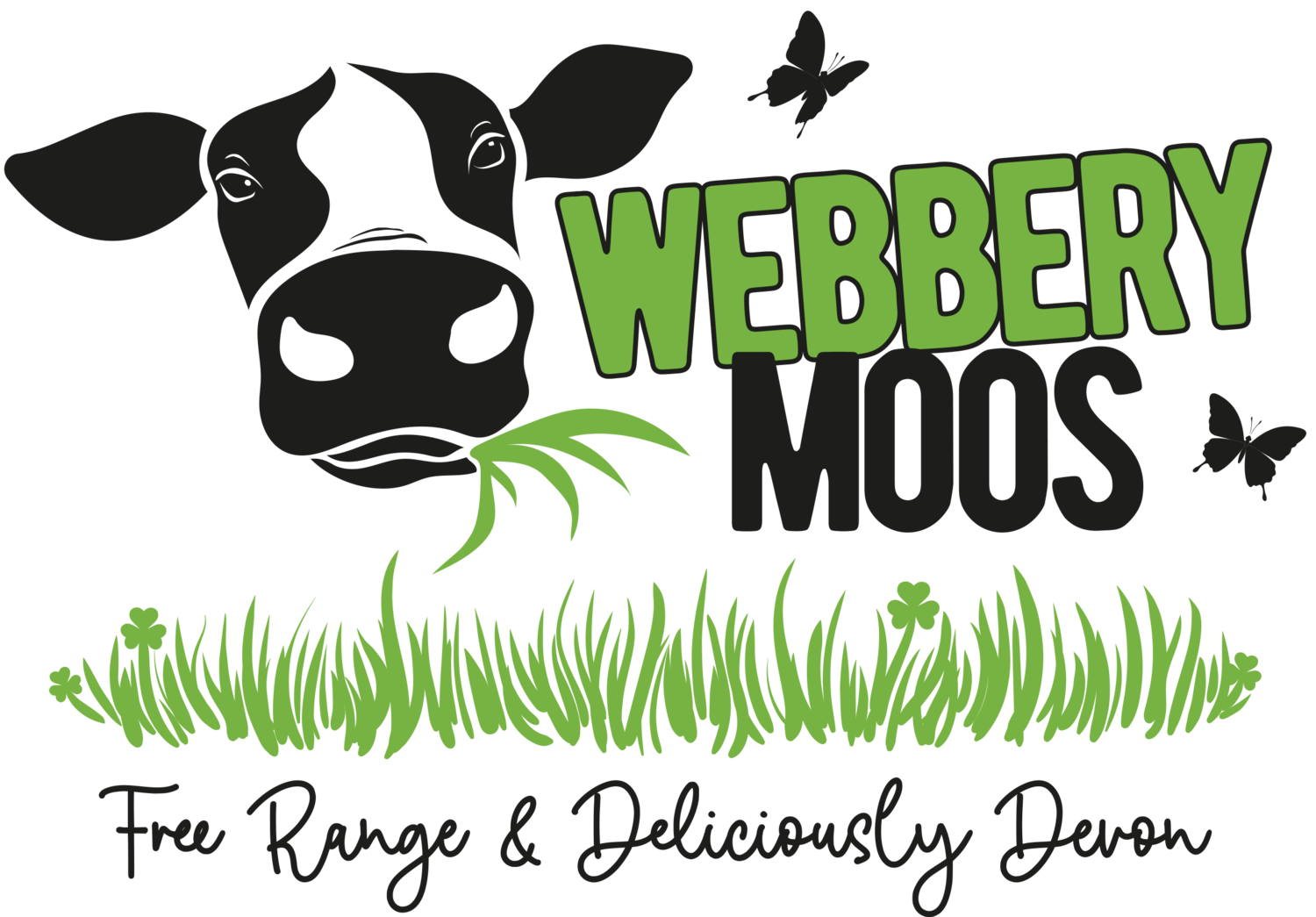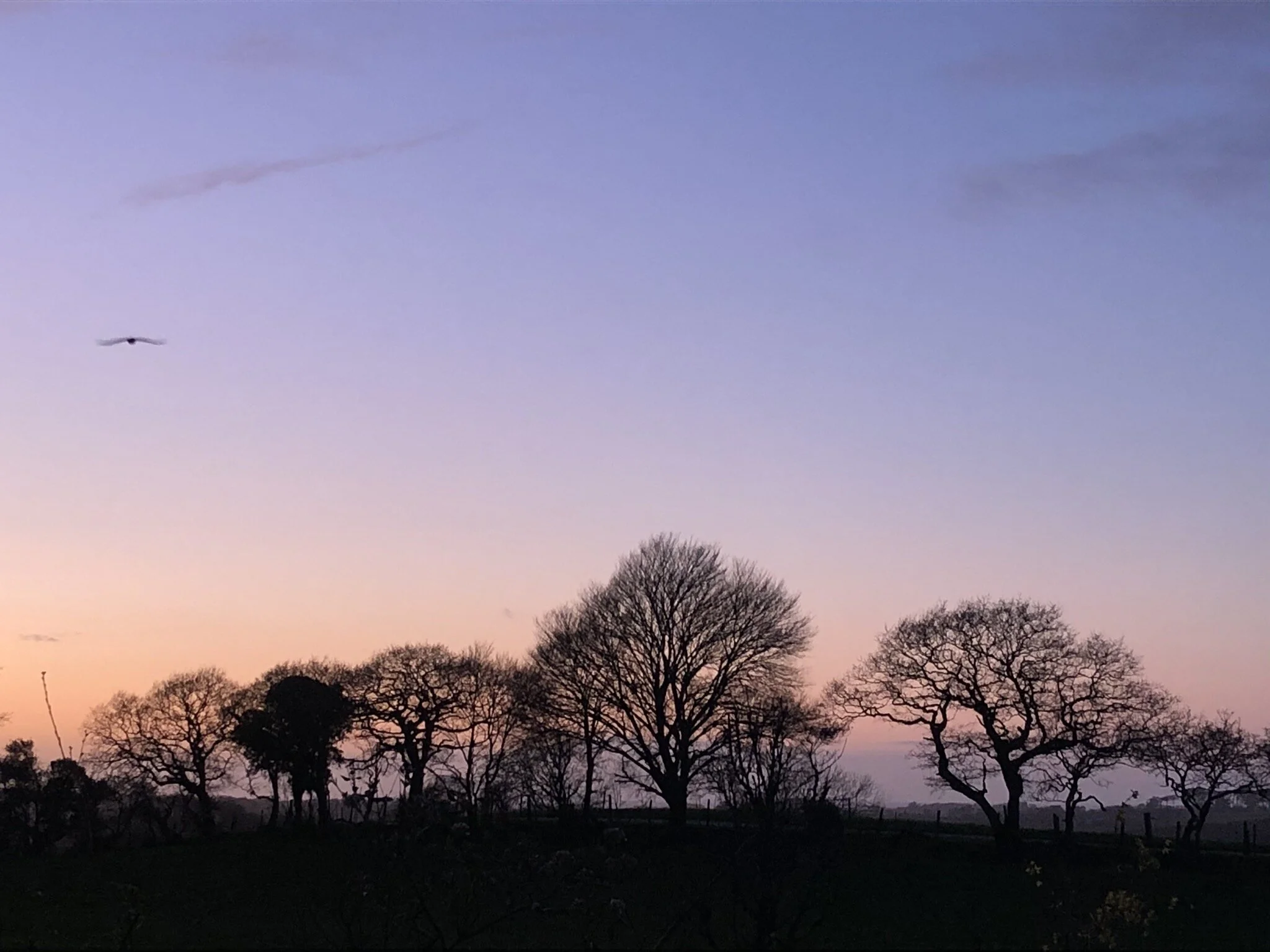Environmental Sustainability
To be truly environmentally sustainable means our milk production needs to be highly efficient. We are in the business of food production and simply cutting inputs at the expense of output isn’t the right thing environmentally as it effectively means that food needs to come from somewhere else which could be more detrimental.
We are so lucky to farm in a part of the world where climate and soils means we can grow much of our own food to produce milk efficiently. We are proactively trying to farm in a more environmentally sensitive way, reducing the impact we have on our beautiful and valuable landscape and the ecosystems which exist there and aiming to become as self sufficient as we can.
Here are some of our projects from recent years:
Green energy & Energy efficiency
In 2020 we installed a 50KW PV array onto the rooves of our cow sheds. The energy it generates then helps power the farm, including running the milking parlour, cooling the milk and energising the houses of our team here at Webbery. Many of the components of our milking setup are designed to reduce energy consumption, including variable rate pumps and heat recovery. We have also recently installed an air source heat pump to heat the water we use to hot wash the milking parlour and last we also replaced the energy hungry lights in our free-stall sheds with low energy LED lighting on sensors. We have the aim of becoming energy self sufficient!
Turning slurry into an asset
In the last few we have invested into more slurry storage, so we are not forced to spread slurry in the winter at undesirable times, and a slurry separator which allows us to separate the slurry into its liquid and solid fractions. We then have 3 very useful nutrients for the farm:
The solid material from muck has a liming effect and is rich in organic matter. This is incorporated into deficient soils to help improve the physical, chemical and biological properties.
The thick liquid fraction is great for applying to grassland to deliver essential nutrients and reduce fertiliser use.
The dirty water is siphoned off the top of the liquid fraction and has a real benefit in the drier times of year. Helping to irrigate pastures and keep the grass growing.
We have also inoculated the slurry produced over winter with slurry bugs. These are live bacteria which multiply rapidly and digest the solids in the slurry, lock up the nutrients and reduce methane emissions. In theory this improves the value of the slurry to the crop when applied to the land and acts as a soil conditioner.
We are also opting to spread all of our slurry after silage by dribble bar which significantly reduces ammonia losses relative to splash plate application. This way more of the nutrient value of the slurry actually benefits the growing grass rather than being lost to the atmosphere.
All of these measures will help us to make the most of slurry and reduce the need for synthetic fertiliser.
Healthy Soils & fertiliser efficiency
By soil sampling and mapping the farm, we can move away from the traditional blanket spreading of nutrients to the soils. Instead we aim to target areas that are deficient and avoid over-application where levels are not limiting growth. This technology allows us to accurately and efficiently ensure that the grass and crops we grow on the farm are grown productively but not wastefully. In 2017 we invested into a variable rate fertiliser spinner with aid from the EU as port of the Rural Development Programme for England. This allows precision application of nutrients according to the crop requirement and based on the soil maps. Overall this reduces waste and targets part of the field where the relevant nutrient is limiting.
Healthy soils are the key to any grazing system. They are complex ecosystems and we do our best to keep them healthy by encouraging earthworms, aerating, managing the cows to minimise poaching and using clover in leys to naturally fix nitrogen. We are in the second year of trying out herbal leys and so far so good! They are much more species diverse than perenial ryegrass based leys and not only benefit the cows nutritionally but can offer more drought resistance and benefit insects and pollinator populations.
In 2022 we are also trialling strip-till maize into wheat stubbles. Just the soil in the lines in which the maize seeds are drilled is cultivated, leaving much of the soil profile untouched. This approach requires less tractor work and the soil structure is preserved preventing soil erosion. Lets hope we grow a successful crop - watch this space!
Countryside Stewardship
We are committed to the mid tier agreement and manage hedge rows, field corners and areas of the farm not suited to intensive grazing in a low input manner, to promote birds, insects and invertebrates who thrive in these ecosystems. The farm environment attracts a number of bird species. Some of our favourites are swallows, barn owls, yellow hammers, sky larks and even whimbrels and egrets.





